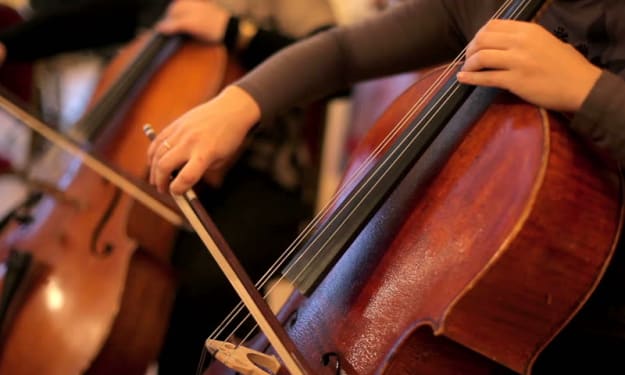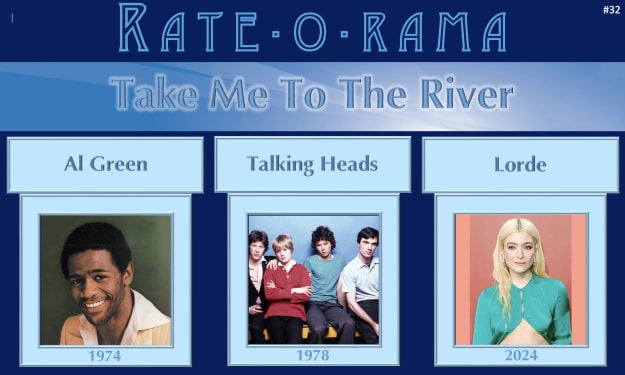Session Recording Saviour
Lead sheets and chord charts

I work as a session musician for a large portion of my job as a full time cellist. With countless studio sessions under my belt there is a small set of tools that have saved me time and time again, keeping those expensive studio hours efficient for both me and my clients, and making sure I present myself in the most professional manner.
Often I notice that people new to this kind of recording work are let down by missing these very simple things that can be easily prepared in advance. In the worst case, taking a few minutes in the studio to prepare these items before getting started can save hours in the long run.
The Dream versus Reality
In a perfect world every client would send me their ideas for a fully formed cello or violin part as a printed musical score. There would be a part for my instrument and some sheet music to give me an idea of the shape of the rest of the song. This neat package would arrive with weeks to spare and I would carefully practise and edit the part with bowings and fingerings.
Unfortunately, I see this level of preparation from clients in about 5% of my bookings.
In reality much of the work is done in the studio. Where a client knows they would like a string part, they may not know the exact constraints of the instrument and sometimes the best way to draw out what they envisage for the track is to experiment in person, feeding you ideas in the live room and creating the part almost in real time.
Lead Sheets
This whole process of piecing together a song can be made more efficient if you know the song structure in advance. Even though you may not have been sent a neatly bundled package of music, if the client has been able to send you a demo of the song you’ll be working on, it deserves more than a few listens en-route to the studio.
For a simple solution, listen to the track and note down the lyrics, and try to label verses and choruses. Once you have that structure, take some time to work out the chords and write them above the lyrics where they change. Many guitarists are used to playing from these lyrics and chord sheets.
Once you have that, a good next step is to create a lead sheet. Figure out the time signature and tap along working out how long each chord lasts for. This will give you a very clear structure for building something in the recording studio. Knowing what chord is being played in a particular part of the song means you have a palette of notes that work at that point, rather than improvising from nothing with just a key signature to go on.
It might look something like the picture below.

Where there is just one chord in a box, that chord lasts for the full number of beats in that bar. In this tune it was 6 beats per measure. If there are two chords in a box, each one took half a bar, or 3 beats. From this sheet it was easy to play a simple bass line or even create a string section of 4 or 5 parts quickly using the notes in each chord.
Sometimes it isn’t possible to get a demo ahead of the recording. If one of the writers is present in the studio, it can save time later to sit down and begin by writing a very basic lead sheet. Simply having the chord progression for a chorus and a chord progression for a verse with rough timings or key lyrics can make the rest of the job much easier. It's also there for reference if you have to come back to this song later.
One Last Thing
If I have plenty of prep time and there are some interesting vocal hooks or guitar melodies in a demo track, I sometimes notate these fragments in the relevant bars of the lead sheet. I can then compose harmony parts and complimentary melodic lines in the moment without the pressure of having to playback the track endlessly to busk until a potential improvised accompaniment finally sticks.
About the Creator
Leonardo MacKenzie
Leo is a cellist, singer and sometime writer with experimental duo The Last Inklings. Rooted in literature and folklore from Campbell to Tolkien, storytelling is at the core of their music.
www.TheLastInklings.co.uk






Comments
There are no comments for this story
Be the first to respond and start the conversation.